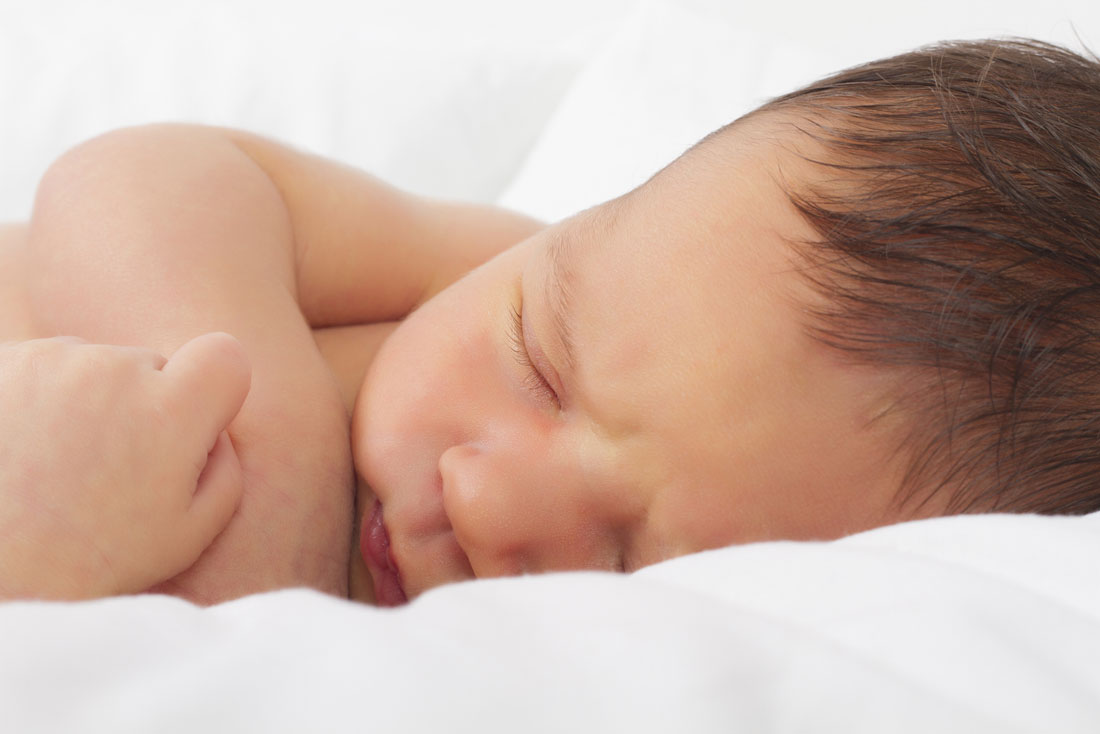Daily physical activity and massage help increase bone mineralization in premature infants, according to recent research.
“Physical Activity Combined with Massage Improves Bone Mineralization in Premature Infants: A Randomized Trial” was conducted by staff at George Washington University Hospital and Children’s National Medical Center, in Washington, D.C.; and the Ain Shams University School of Medicine, in Cairo, Egypt.
How the Study for Improve Bone Mineralization in Premature Infants Was Done?
Thirty premature infants with a gestational age of 35 weeks or less and a postnatal age of less than two weeks participated in the study. The infants were randomly assigned to either the control group or the activity group, where they received physical activity and massage.
Daily range-of-motion exercises with gentle compression and extension/flexion to the upper and lower extremities composed the exercise in the activity group. Five repetitions of each movement were performed on the infants’ wrists, elbows, shoulders, ankles, knees and hips.
The massage portion of the activity group consisted of slow, gentle strokes to each part of the infants’ body. While prone, the infant was stroked for one minute from the head and face to the neck; one minute from the neck across the shoulders; one minute from the upper back to the waist; one minute from the thigh to the foot on both legs; and one minute from the shoulder to the hand and back to the shoulder on both arms.
Exercise and massage were provided to each infant until they reached a weight of approximately four pounds. The control group did not receive any intervention. Type of feeding was recorded for both groups, including the number of calories, calcium, phosphorus and protein given per day.
Outcome measures were C-terminal procollagen peptide (PICP), urine pryidinoline (urine Pyd), serum calcium, alkaline phosphatase and parathyroid hormone (PTH), which are biomarkers of bone formation and resorption. These were measured at the start of the study and when they reached approximately four pounds of body weight. Pyridinoline, also known as Hydroxylysylpyridinoline, is a fluorescent cross-linking compound of collagen fibers.
Results of the study showed that mean PICP concentration was significantly higher for the activity group at the end of the study, as compared to the control group. Mean PICP had increased in the activity group and decreased in the control group.
Mean PTH levels were also significantly higher for the activity group at the end of the study, as compared to the control group. Increases in these substances indicate an increase in bone mineralization.
Serum calcium and urine Pyd increased for both groups over the course of the study, and serum alkaline phosphatase did not change significantly for either group.
“Physical activity combined with infant massage stimulates bone formation in premature infants as evidenced by an increase in PICP, a biochemical marker of bone formation, and an increase in PTH activity, which may further stimulate bone growth and mineralization,” state the study’s authors.
– Source: George Washington University Hospital and Children’s National Medical Center in Washington, D.C.; Ain Shams University School of Medicine in Cairo, Egypt. Authors: Hany Aly, M.D., Mohamed F. Moustafa, Sahar M. Hassanein, An N. Massaro, Hanna A. Amer and Kantilal Patel. Originally published in Journal of Perinatology, 2004, Vol. 24, pp. 305-309.

